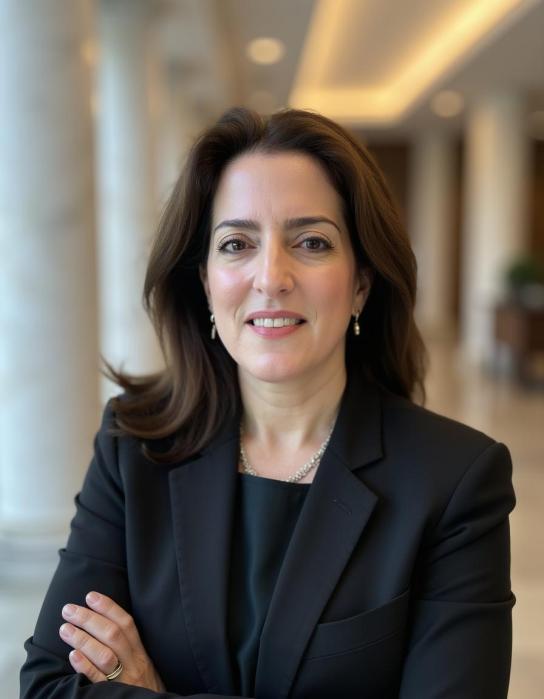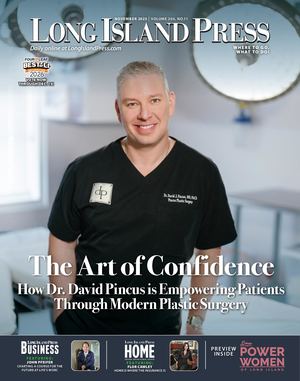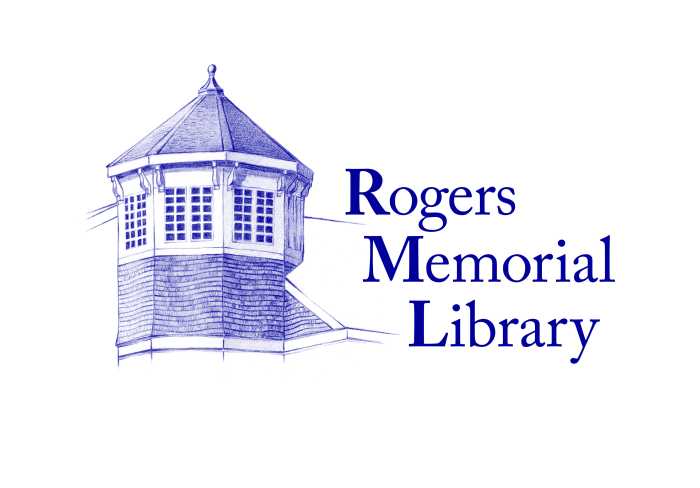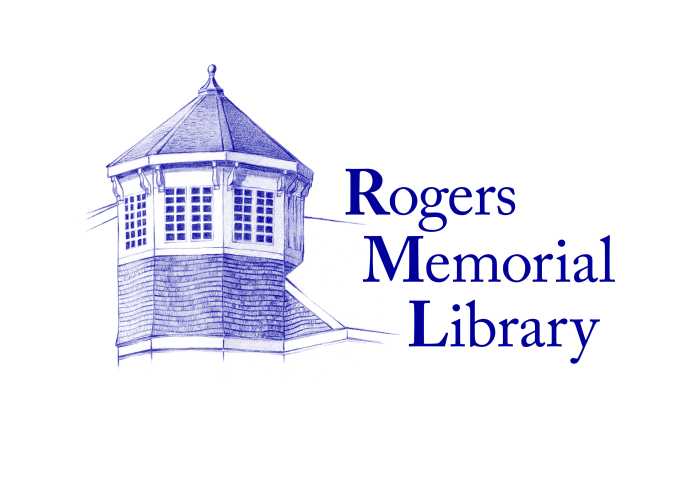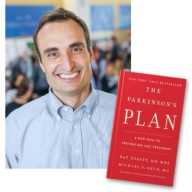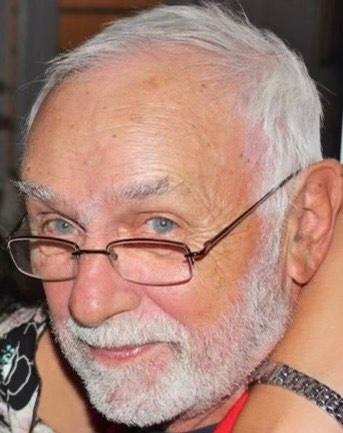In the early to middle decades of the 20th century, Great Neck was populated mainly by European immigrants of the Christian faith. As depicted in “The Great Gatsby,” its themes and characters reflected the real-world transformation that Great Neck was experiencing at the time, from farm village to commuter town.
After World War II, a more mensch-y set packed up their Buicks and headed east across the Queens border, as show-business luminaries including Eddie Cantor, Sid Caesar, and the Marx Brothers formerly of Brooklyn and the Bronx bought homes in the hamlet.
Their exodus from NYC wasn’t biblical, exactly, but our town, slowly but firmly, became established as a Jewish-American promised land for immigrants. In this week’s Focus, a spread about Jewish life and houses of worship in Great Neck, NY.
One, Two, Three in a Row
In the Gatsby days, Great Neck already had a thriving Jewish nucleus.
Temple Beth-El, founded in 1928, stood proudly as one of Long Island’s earliest Reform congregations, a beacon of culture and community. Temple Israel of Great Neck, established in 1941 as a Conservative congregation, had become equally central by the 1950s — its rabbis and educators helping to balance modern life with ancient tradition.
Later came Great Neck Synagogue, a prominent modern Orthodox shul established in 1951. The foregoing venerable houses of worship, situated on Old Mill Road, still remain today.
In 1953, Temple Emanuel of Great Neck, a Reform Jewish congregation, was established uptown, on Hicks Lane. Then, in 1974, Young Israel of Great Neck, also modern Orthodox, was established on Middle Neck Road.
In the ensuing decades after World War II, Great Neck became increasingly a symbol of the American Jewish dream — upwardly mobile, educated, with the bonus of being a short train ride to and from Manhattan.
Traffic-wise, every other car seemed to be heading to Hebrew School. The deli and bagel lines down Middle Neck Road were long and the kugel was sweet. Bruce’s Bakery (opened in the early 1970s) was more than a bakery; it was practically an annex to the synagogues, where families debated where to send their kids to summer camp, while waiting for freshly baked black-and-white cookies.
Their free basket of sweets at table service resonated with many and is greatly missed.
The Persian Version
The 1970s and 1980s brought a new chapter of cultural diversity for followers of the Jewish faith. Following the Iranian Revolution of 1979, waves of Persian Jewish families found a welcoming home in Great Neck.
Suddenly, Great Neck was home to both kugel and tahdig, both Yiddish jokes and Mizrahi spirit. Global Jews with entrepreneurial drive and family-centered values were de rigeur.
Within a decade, the Persian Jews transformed the town’s religious, cultural, and foodie map — founding Ahavat Shalom (Great Neck Road) and Beth Hadassah (Steamboat Road) and other Persian synagogues like the United Mashadi Synagogue (Steamboat Road) that still flourish (and then some!) today.
As an aside, the Mashadi-Persians are heavily invested in Great Neck, with a concentration on Steamboat Road. The “Tehranis,” a/k/a non-Mashadi Persians, are more and more assimilating into regular American society, i.e., outside of Great Neck. An important exception is the “more religious” Tehranis, who are living their best lives, right here.
Stretching the Dollar: Gefilte vs. Choresht
Gefilte fish literally means “stuffed fish” in Yiddish and originates from Eastern Europe, particularly among Ashkenazi Jews in Poland, Lithuania, Russia, and Ukraine.
The dish was born from both practical and religious considerations. Jewish dietary laws prohibit mixing meat and dairy, but fish is considered pareve (neither meat nor dairy), making it a versatile option for Shabbat meals. By grinding fish, mixing it with fillers like matzo meal, eggs, or breadcrumbs, families could feed more people using fewer fish.
Did someone say feed a crowd? Enter choresht, a Persian Jewish stew served over basmati rice. A popular and iconic Friday night dish is ghormeh sabzi. With less meat and more vegetables, it has proven to be an economical meal in Persian circles, with recipes that have been handed down over generations.
Don’t get us started on fesenjoon. See also cholent, a European Shabbat meal staple, and plov, a flavorful Ukrainian rice dish.
1980s- 1990s: A Material World
Through the 1980s and 1990s, Great Neck’s secular Jewishness (and competitiveness) was practically synonymous with academic ambition. Our two public high schools — North and South, which opened in 1951 and 1954 respectively — became friendly rivals in what can only be described as an SAT arms race.
Parents debated where to send their kids first– Hebrew High, Princeton Review, or therapy. Bar and bat mitzvah invitations were as competitive as college admissions. Every household seemed to have at least one aspiring lawyer and one aspiring doctor in- house.
In more recent times, let’s call it the Trump Era, there has been a surge of new synagogues and shuls along Middle Neck Road, Steamboat Road, and even in private homes and restaurants.
The pendulum has swung, so to speak, as the more reform houses of worship are being supplanted by varying lanes of Orthodox Jewish observance. It is critical to note, however, that given the recent events in Israel post-Oct. 7, 2023, and the rising antisemitism domestically and abroad, Jews of Great Neck, in all forms, seem to have melded together as a flavorful ethnic choresht, with diminishing regard for a fellow Jew’s level of religious observance.
It is ever-present during the High Holidays, with the mad dash to pick up family at the LIRR. Additionally, there are many nods to friends and neighbors, depending on where you park, before and after attending Yom Kippur services.
Undeniably, there is a discernible bonding of spirit, commonality, and community. Less so, however, when it comes to our restaurants and eateries. The shomer Shabbat crowd appears to be gaining an edge in new food options, with many kosher offerings throughout our economic corridor.
The more moderate “kosher-style” crowd (a/k/a assimilated Persians, Russian-speaking Jews, etc.), who shop/eat out on Saturdays, and/ or maintain kosher homes, have fewer choices, save for the revolving crop of Asian-inspired eateries.
To add, with no major supermarket, if you need to buy kosher meat on a Saturday, you must go vegan, or leave town, natch. As for non-observant Jews, they lament about where to eat on a Friday or Saturday night in town. See, Asian options. Per Ancestry.com, kvetching is in our blood.
Old and Nu?
If you look closely, you can still catch glimpses of the old Great Neck mixed with the new — at the synagogues that anchor the town and the quiet pride of a diverse community that has learned to blend faith with modern life, on its own terms.
Great Neck is no longer primarily Ashkenazi, hailing from Europe, Sephardi or even Mashadi. Rather, we are also Israeli-American, Russian-American, Bukharian-American, Iraqi-American, and other ethno-tribal groups who have added rich traditions, new flavors, and their unique vibe to the Great Neck Jewish cultural mix.
Just ask anyone about our town’s diversity, and they will brag about their last best tahdig (Toku’s crispy rice?) or the first time they ever dared try a gondi. Similarly, there are many non- Jews and Next Gen who will absolutely kvell about the “Paulie Special” at KD, but maybe not so much about the pickled herring at Bagel Hut.
Sure, the accents and favorites hit different, but the Yiddishkeit remains. We are all deeply devoted to family, to learning, and to finding a decent nosh on a Sunday morning. The Great Neck spirit endures.
Destination: Great Neck Ltd., a grassroots 501 (c) (3) community organization, was founded by Janet Nina Esagoff in 2021 and aims to fortify and celebrate our town. @greatneckbiz. She launched Esagoff Law Group, PC, in 2017 with offices located on Middle Neck Road. Prior to the law, Janet designed special–occasion wear for girls and teens at her Bond Street atelier, Party Girl.
